Science and Management
We work to advance understanding and societal responses to climate change effects through integrated understanding of the linkages between climate, glacier dynamics, geomorphology/hazards and ecosystems.
Our research has received funding from a range of organisations including the UK Natural Environment Research Council, Royal Geographical Society, the European Union and the World Universities Network.
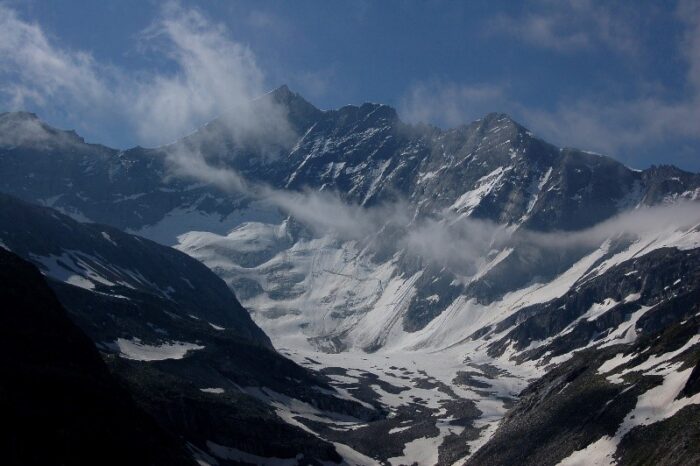
Climate
Ongoing climatic warming is driving global glacier recession at rates that are beyond historic precedence. The visual evidence of that is clear to see, but the processes that underlie these changes are complex. Our work focusses on reconstructing former glacier extents to understand long-term rates of mass loss, as well as studying contemporary glaciology to improve numerical models of future glacier projection. We have, for example, recently drilled 200 m into the interior of one of the world’s highest glaciers, in Nepal, to measure ice temperatures and characterise the debris content. Recently funded work will take our researchers to West Greenland to study the impact of ice-marginal lakes on enhancing melt and impacting ice dynamics, and to Canada to assess the extent to which climatically driven changes in meltwater supply will impact the people, flora and fauna of Northern Nunatsiavut. Such social impacts of climatic change underpin all of our work, and we believe that working constructively alongside and within the communities we serve is as important as the science itself.
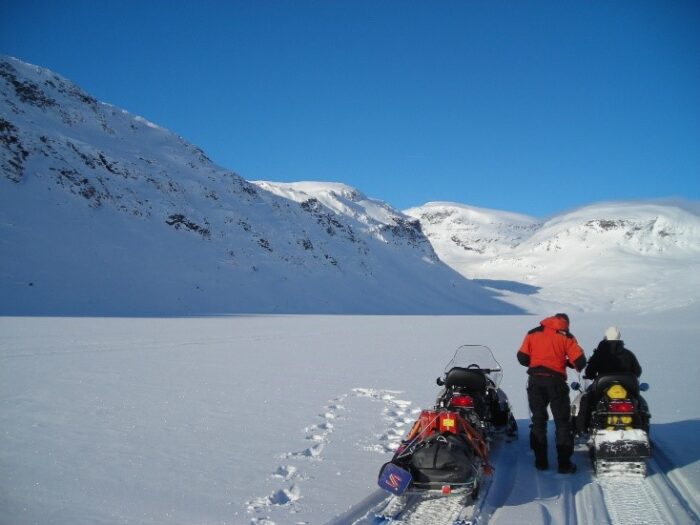
Glacier Dynamics
Our work on glacier dynamics focuses on understanding processes of ice flow, characterising and robustly simulating rates of surface melt, and quantifying the rates and characterising the mechanisms of ice loss through calving. We use satellite imagery in combination with field data to observe surface flow rates, and use changes in surface flow to infer the character of the basal hydrological system. Our work on surging glaciers – those that periodically accelerate by one or even two orders of magnitude – has shed new light on subglacial conditions in the Karakoram region of Pakistan, for example. We use numerical models of glacier surface energy balance to better understand the relative importance of different fluxes, and in particular we have led recent efforts to improve the quantification of surface roughness to reduce modelling uncertainties. We are currently pioneering the development of low-cost cameras to quantify calving dynamics at the termini of glaciers with the Andes and the Himalaya, with the long-term goal of integrating these analyses into the development of disaster early-warning systems.
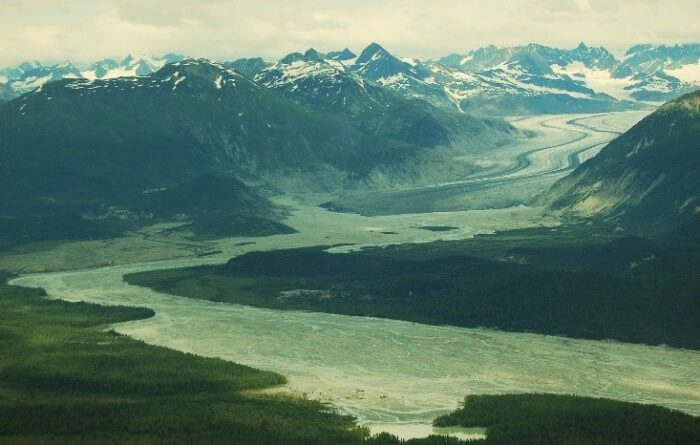
Geomorphology and hazards
As glaciers diminish, new proglacial landscapes are revealed. These landscapes are initially extremely unstable, with high supply of meltwater and sediment from hillslopes and the movement of that to valley floors. That instability is important for understanding natural hazards including glacial lake outburst floods and landslides, for managing water resources and water quality (e.g. sedimentation of reservoirs), and for ecological habitats. Working globally in places such as Iceland, Norway, the European Alps, Patagonia, Greenland, and the Southern Alps, we develop new spatial analysis methods to quantify the structure and functioning of proglacial systems. We also conduct numerous studies characterising the evolution of these environments across space and time scales from the Little Ice Age through to contemporary multi-decadal to intra-annual studies.
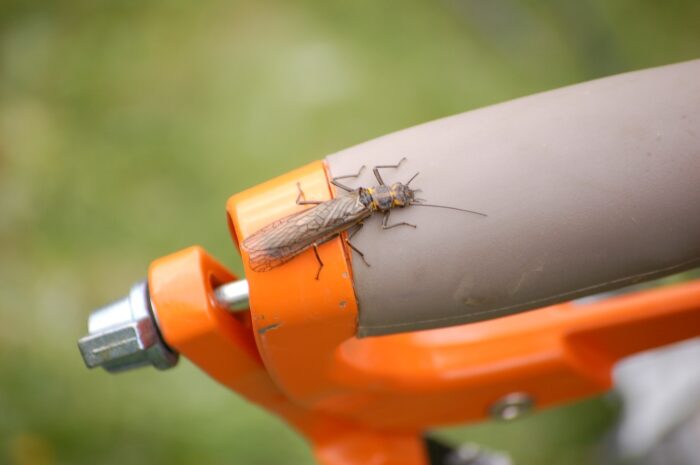
Ecosystems
Reduced ice-melt inputs to Arctic and alpine rivers are changing physicochemical characteristics such as water temperature and nutrient availability leading to biodiversity turnover and loss in aquatic ecosystems. Our work focuses on response of multiple taxonomic groups including algae, bacteria, fungi, invertebrates, amphibians and fish around the world in areas such as North/South America, the European Alps, Greenland, Himalayas, New Zealand, Pyrenees and Scandinavia. Our research is built on expertise in remote environment biological surveys, laboratory identification including microscopy and molecular methods, and numerical modelling approaches, to improve the prediction of gene to ecosystem level responses to deglaciation. Working with a range of stakeholder groups allows us to develop baseline information to identify biodiversity hotspots, understand a range of existing/future threats to species, and develop conservation and management strategies such as protected areas and water resource management plans.
Recent GLIMR group publications
- Glacier retreat reorganises river habitats leaving refugia for Alpine invertebrate biodiversity poorly protected. (2023) Nature Ecology & Evolution
- Widespread seasonal speed-up of west Antarctic Peninsula glaciers from 2014 to 2021. (2023). Nature Geoscience
- Mass loss of glaciers and ice caps across Greenland since the Little Ice Age. (2023) Geophysical Research Letters
- Internal structure of a Himalayan debris-covered glacier revealed by borehole optical televiewing. (2022) Journal of Glaciology
- Projected land ice contributions to twenty-first-century sea level rise. (2021) Nature
- The rapidly changing Arctic and its societal implications. (2021). WIREs Climate Change
- Accelerated mass loss of Himalayan glaciers since the Little Ice Age. (2021). Scientific Reports
- Fungal decomposition of river organic matter accelerated by decreasing glacier cover. (2021). Nature Climate Change
- Proglacial lakes control glacier geometry and behavior during recession. (2020) Geophysical Research Letters
- Functional diversity and community assembly of river invertebrates show globally consistent responses to decreasing glacier cover. (2018) Nature Ecology & Evolution
- Glacier shrinkage driving global changes in downstream systems. (2017) Proceedings of the National Academy of Sciences, USA.
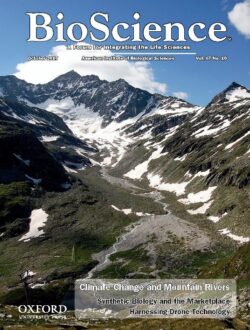
Recent funded projects
- The Big Thaw: gauging the past, present and future of our mountain water resources (link)
- UK SWAIS 2C (link)
- Impacts of cryosphere-hydrosphere change on ecosystems and livelihoods in northern Nunatsiavut, Canada (IMAGINE) (link)
- EverDrill: Accessing the interior and bed of a Himalayan debris-covered glacier to forecast future mass loss (link)
- Long term response of river ecosystems to glacier retreat (link)
- PEGASUS: Producing EnerGy and preventing hAzards from SUrface water Storage in Peru (link)
- HARVEST: High-mountain Asia - building Resilience to water Variability using Experiments, Surveys and accounts of Tradition. (link)
- Peruvian Glacier Retreat and its Impact on Water Security (Peru GROWS) (link)
- Greenland ice marginal lake evolution as a driver of ice sheet change - how important are rising lake temperatures? (link)
